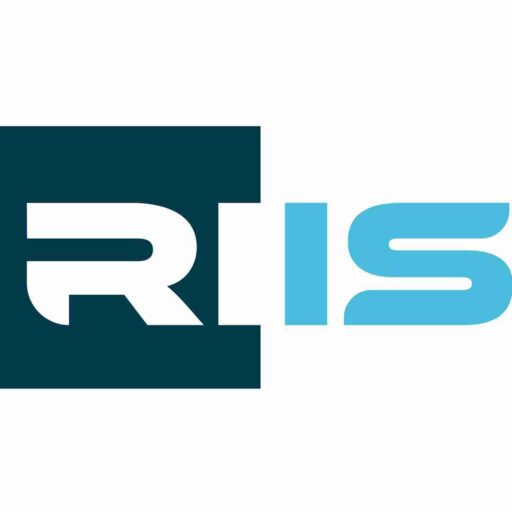CLIENT: Mandela Mining Precinct Real-Time Information Management Systems (RTIMS).
PARTNER: RIIS and Sarraounia Public Health Trust
The challenge
South Africa’s gold and platinum mining sectors face persistent occupational health and safety (OHS) challenges, including fall-of-ground incidents and transport accidents. Despite global advancements in digital technologies and the successful integration of smart wearables in sectors such as healthcare and construction, adoption in South African mining has remained limited.
However, concerns over job losses and ethical considerations around data privacy remain significant challenges. By addressing these issues, smart wearables could play a crucial role in creating safer, more efficient mining operations.
The Mandela Mining Precinct (MMP) sought to investigate how smart wearable technologies could be adopted to enhance safety, productivity, and regulatory compliance across the mining sector.
Approach
RIIS partnered with MMP under the Real-Time Information Management System (RTIMS) programme to design a strategic roadmap for smart wearables adoption in mining. The project followed a four-phase approach:
- Literature Review: Analysed global and local trends in digital OHS technologies.
- Stakeholder Engagement: Conducted interviews with government, industry, unions, and academia to gather insights.
- Insight Analysis: Identified adoption barriers such as limited underground connectivity, worker distrust, and regulatory gaps.
- Roadmap Development: Created a three-pillar roadmap focused on technological advancement, digital/OHS maturity, and regulatory alignment.
The solution
RIIS delivered a validated digitalisation roadmap for the adoption of smart wearables and its impact on occupational health and safety. The roadmap represents a transition from traditional mining to modern mining and integrates a design thinking approach to addressing the major challenges and resistance factors across the three pillars (technological advancement & smart wearables; digital & OHS maturity; policy & regulation). Furthermore, it includes:
- Design thinking approach to address key challenges in the adoption of smart wearables in mining.
- Best practices for deploying smart helmets, fatigue monitors, and biometric sensors.
- Co-creation strategies to design ergonomically inclusive wearables.
- Sector-wide enablers such as digital skills training and public-private partnerships.
- Recommendations for a regulatory framework that supports ethical data use and EMF safety standards.
Key insights
The following insights were discovered through the conceptualisation of the digitalisation framework:
- One-way dependency on micro-level innovations at the operational level drives macro-level policy and regulatory change, not the other way around.
- Technology advancement and adoption begin at the operational level and translate upward.
- Policy and regulation can act as catalysts for technological advancement and adoption or as inhibitors.
- Lack of coordinated sector-wide action relating to digital technologies and occupational health and safety impact.
- Proactive action is needed to bridge policy and technological advancement gaps.
- More alignment across the industry is needed.
The impact
By enabling MMP to systematically plan and promote wearable technology integration, the project contributes to a safer, digitally mature, and globally competitive mining industry. The strategic roadmap now serves as a blueprint for scaling innovation across the sector.
Conclusion
Prioritisation of technological reliability, connectivity, workforce readiness, and clear regulatory support for successful digital transformation. By bridging digital gaps, enhancing collaboration, and integrating smart wearables into safety protocols, mining operations can achieve zero-harm targets, improved productivity, and a safer work environment for all stakeholders.
The Mandela Mining Precinct is a public-private collaboration between the Department of Science, Technology and Innovation (DTSI) and the Minerals Council South Africa. It is an initiative aimed at revitalising mining research, development and innovation in South Africa to ensure the sustainability of the industry.







